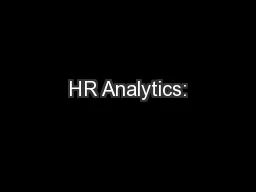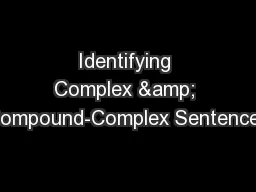PPT-Using Analytics to Unravel Complex Social Issues
Author : cheryl-pisano | Published Date : 2017-09-10
Jennifer Robinson SAS Steps to Datadriven Decisions Create a shared vision Provide visualizations and reports PROACTIVE INFORMATIONAL ANALYTIC
Presentation Embed Code
Download Presentation
Download Presentation The PPT/PDF document "Using Analytics to Unravel Complex Socia..." is the property of its rightful owner. Permission is granted to download and print the materials on this website for personal, non-commercial use only, and to display it on your personal computer provided you do not modify the materials and that you retain all copyright notices contained in the materials. By downloading content from our website, you accept the terms of this agreement.
Using Analytics to Unravel Complex Social Issues: Transcript
Download Rules Of Document
"Using Analytics to Unravel Complex Social Issues"The content belongs to its owner. You may download and print it for personal use, without modification, and keep all copyright notices. By downloading, you agree to these terms.
Related Documents














